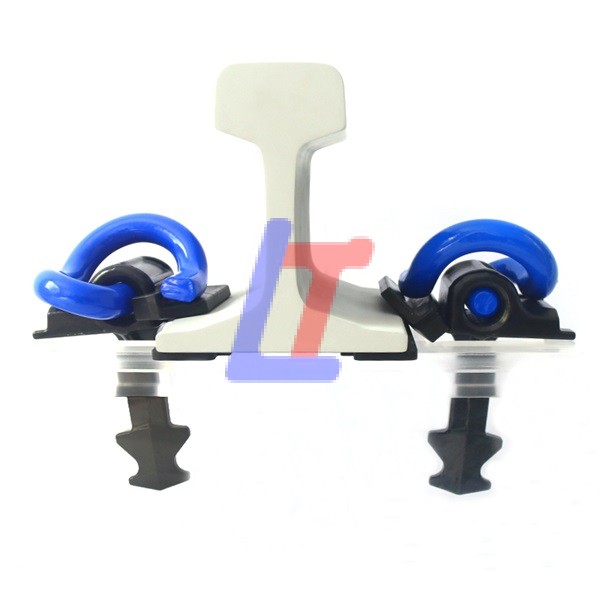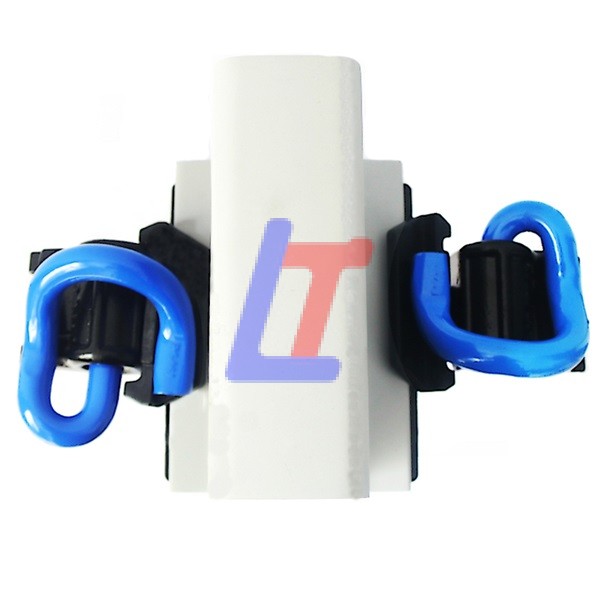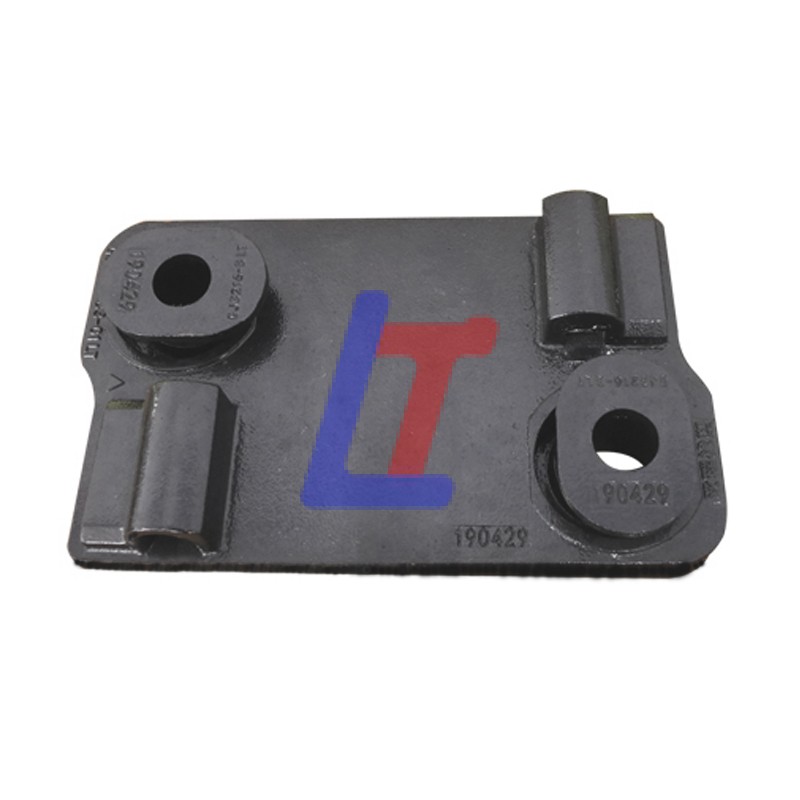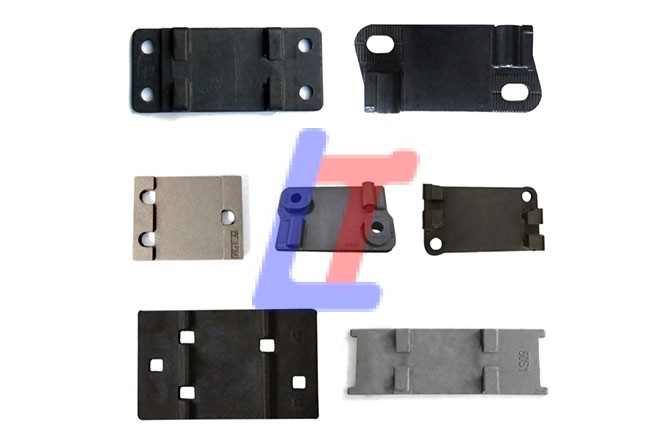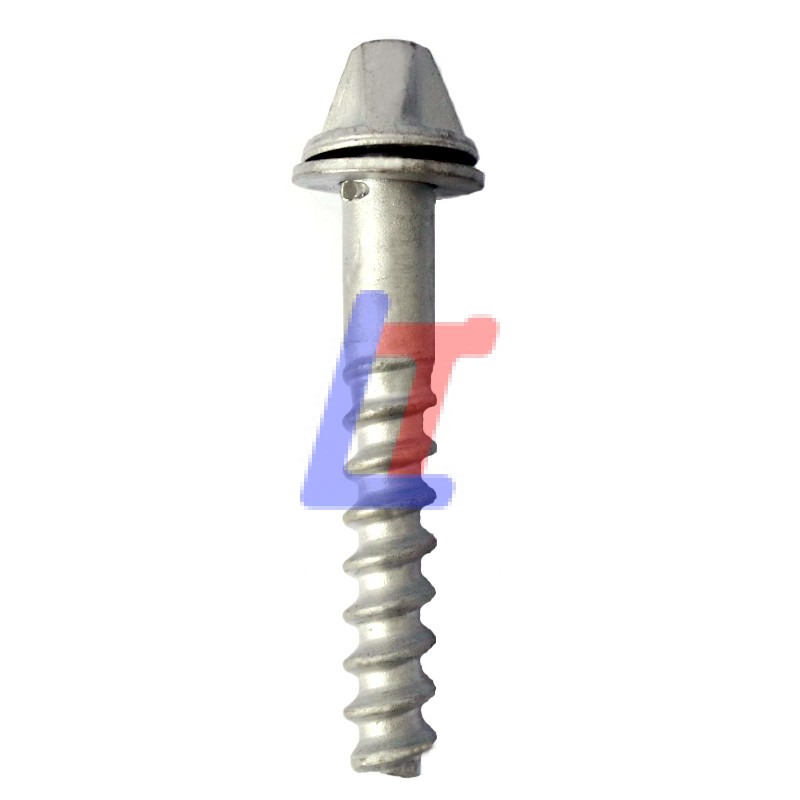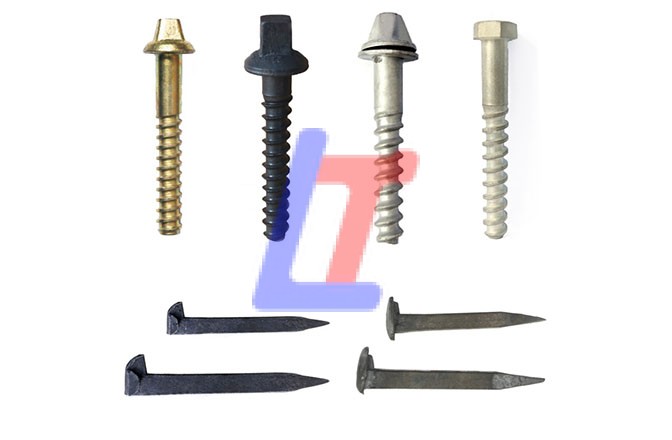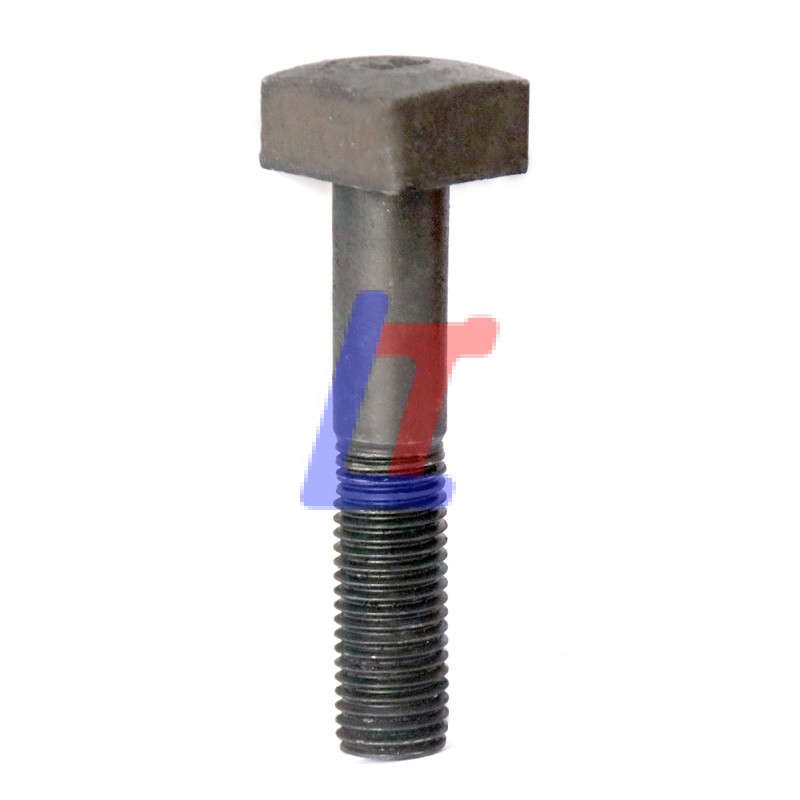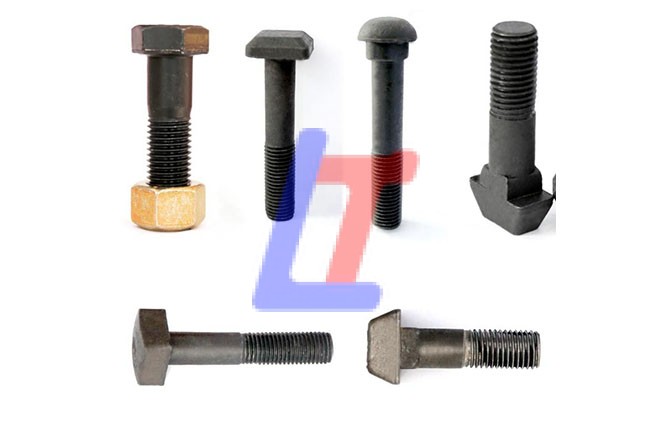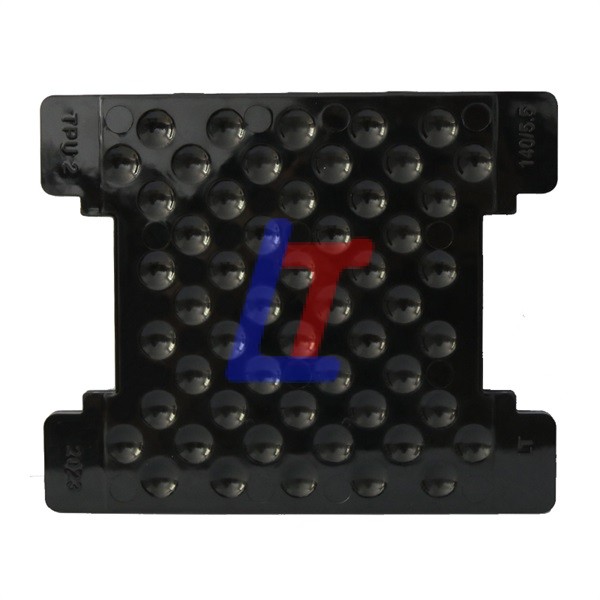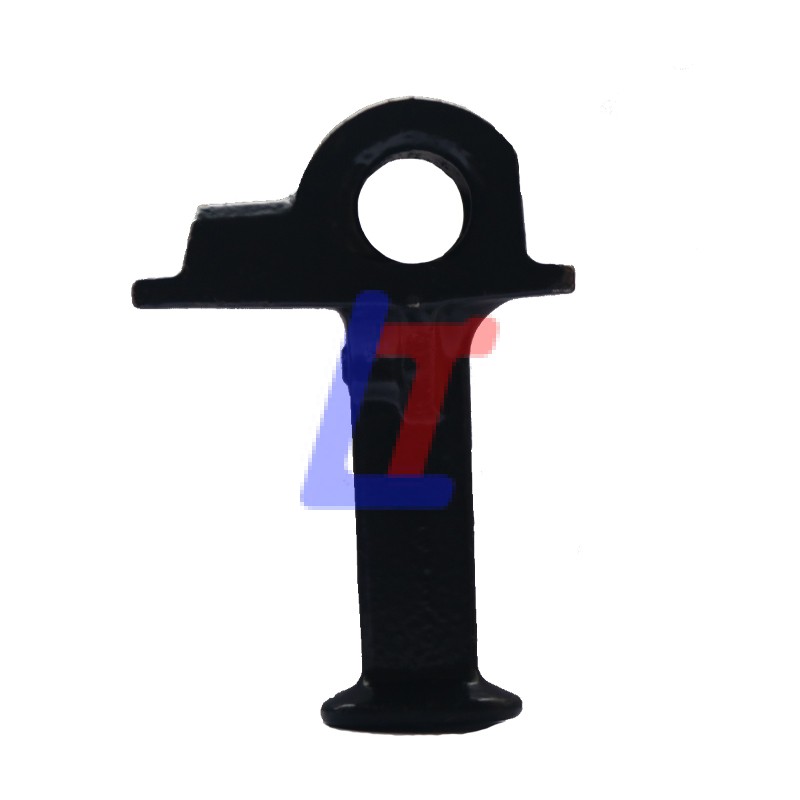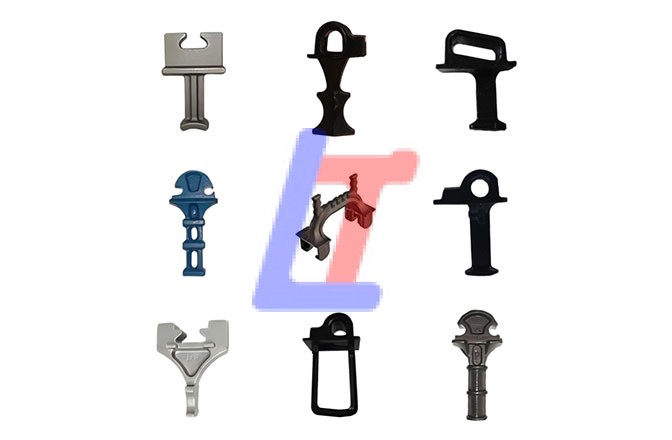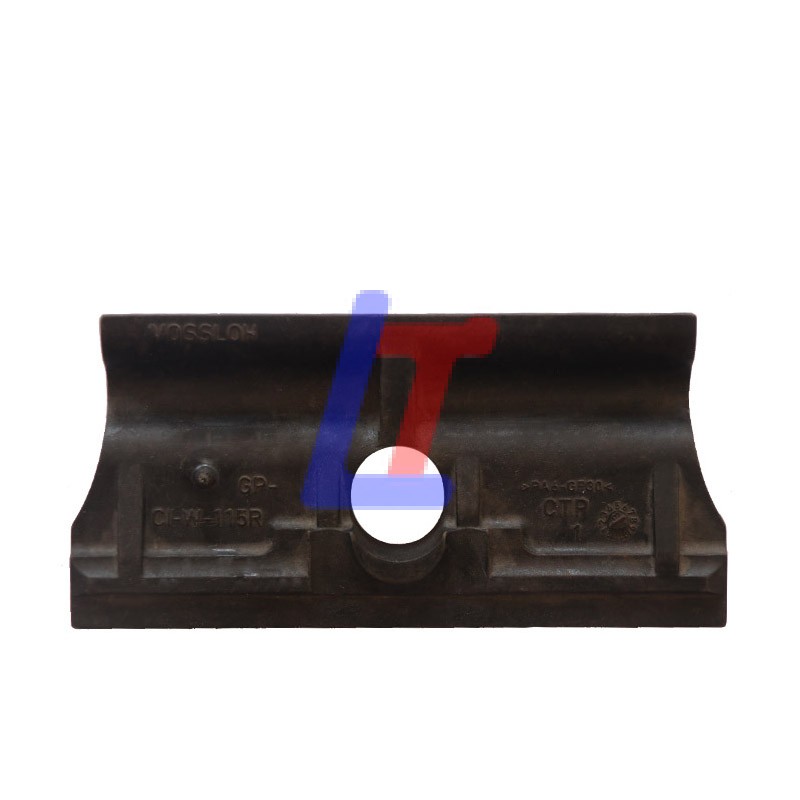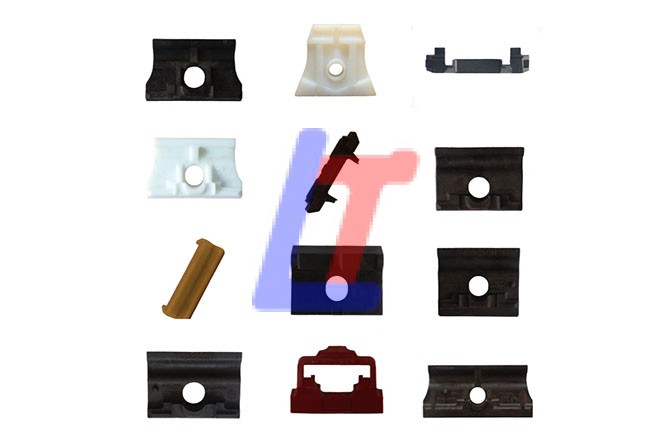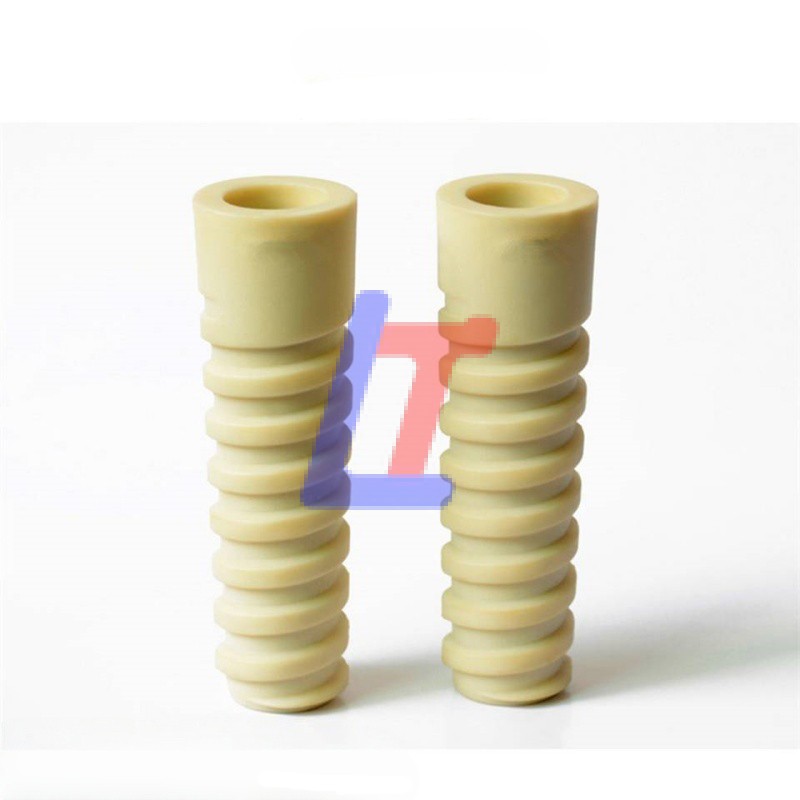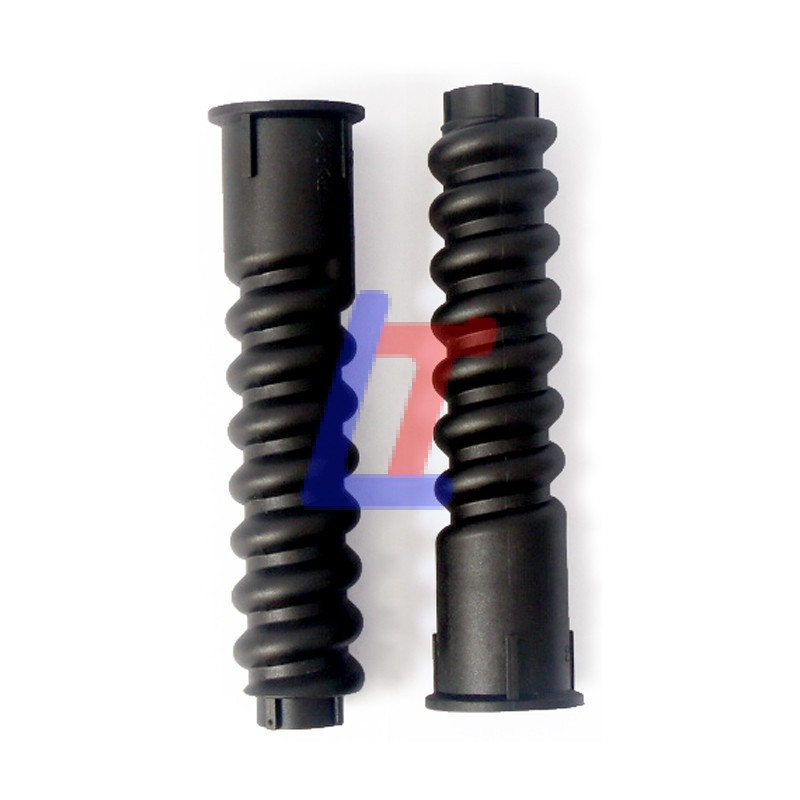First and foremost, rail crews specifically use railroad bolts (or track bolts) as specialized fasteners that primarily secure rails to railroad sleepers (commonly called ties). Additionally, these bolts play a critical role in connecting rail sections together at rail joints, thereby ensuring track continuity and stability. These bolts are crucial for maintaining the integrity and stability of the railway track, ensuring safe and smooth train operations.
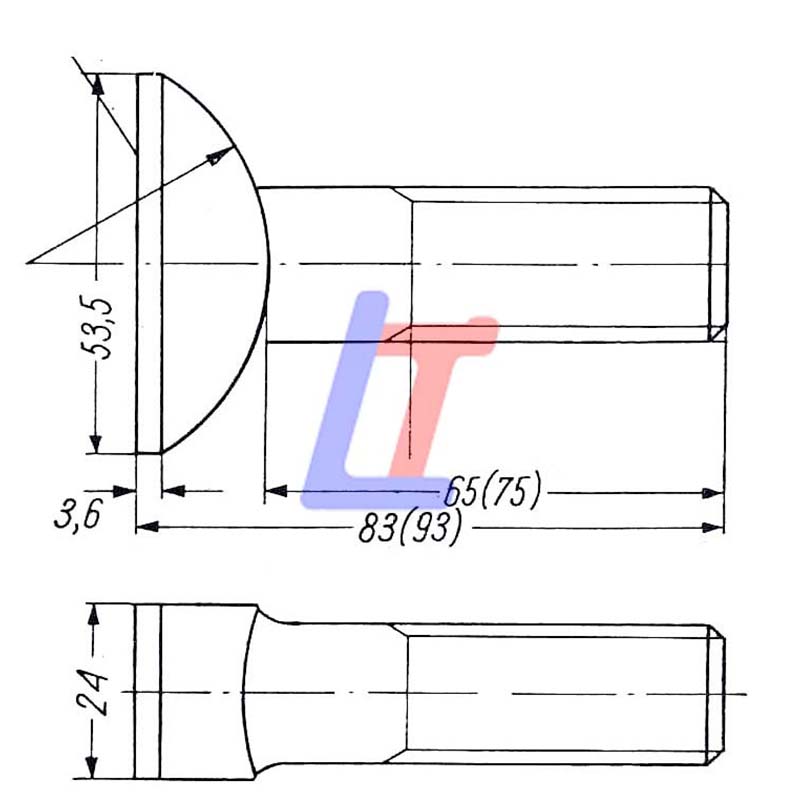
Types of rail bolts
Fish bolts: Rail workers use these specially designed bolts primarily to connect rail sections, typically pairing them with fish plates (or joint bars) at rail joints.

T-head bolts: Used to secure rail clips, which hold the rail in place on the sleeper.
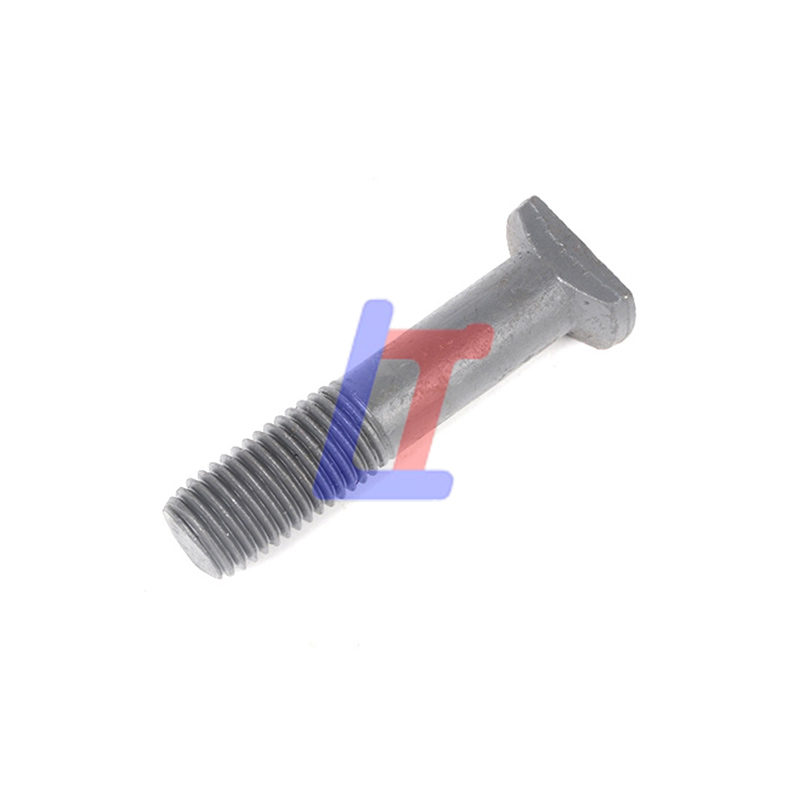
Hexagon head track bolts: General-purpose bolts for various fastening needs in the railway system.
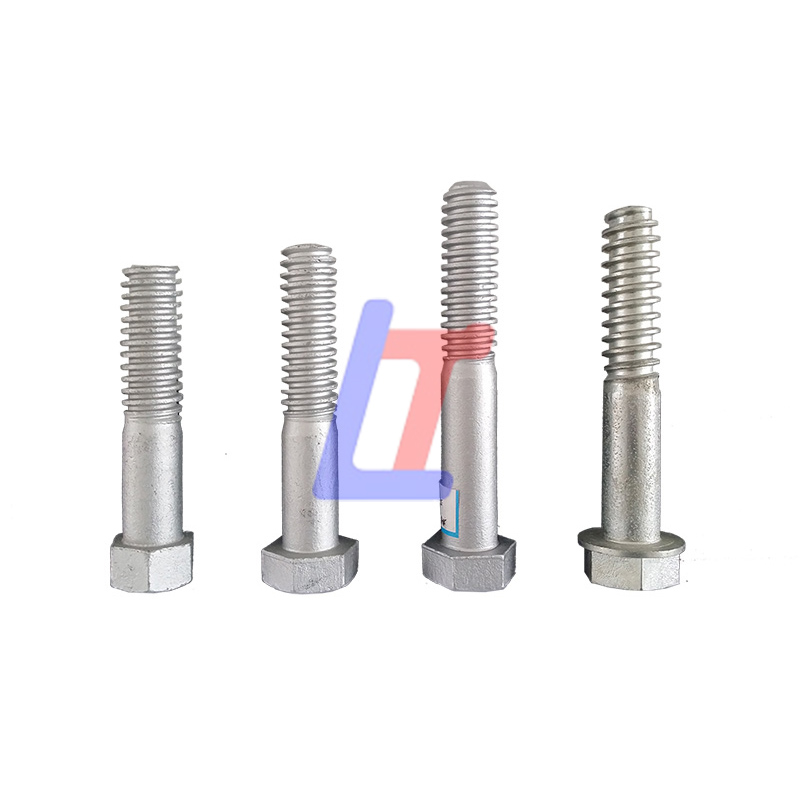
Square head track bolts: Similar to hexagon head bolts, used for different fastening applications.

Key functions and features
Securing Rails to Sleepers: Workers use track bolts to fasten the rails to the sleepers, which are the supporting beams beneath the tracks.
Connecting Rail Sections: To elaborate further, they also connect the ends of two rail sections at rail joints, thereby ensuring a continuous and stable track.
High Strength: Manufacturers typically make railroad bolts from high-strength steel to withstand the heavy loads and vibrations from passing trains.
Specific Dimensions: Standardized dimensions and thread types of railroad bolts ensure proper fit and secure connections.
Surface Treatments: They often have surface treatments like galvanization or painting to prevent corrosion.
Importance
Safety: Railroad bolts are essential for the safety of railway operations. As loose or broken bolts can lead to derailments or other accidents.
Track Stability: They help maintain the correct gauge (distance between rails) and prevent shifting of the rails. Ensuring a stable track.
Smooth Train Operation: By securely connecting the rails. They contribute to a smoother and more comfortable ride for passengers and freight.

